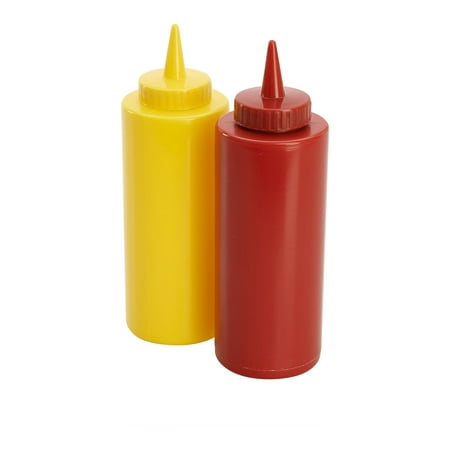littlemisterbig
Well-Known Member
- Joined
- Jun 28, 2014
- Messages
- 346
- Reaction score
- 0
Hey guys,
I just received my madcow arcas hv, cesaroni 2 grain 38mm casing, aeropack 38mm retainer and 8oz pack of rocketpoxy. However, it did not occur to me that rocketpoxy might be difficult to use on internal locations such as where the mmt centering rings attach to the airframe and at the roots of the fins. I was thinking of using 5 minute epoxy in places like those and rocketpoxy everywhere else. What would you guys recommend?
thanks, Littlemisterbig
I just received my madcow arcas hv, cesaroni 2 grain 38mm casing, aeropack 38mm retainer and 8oz pack of rocketpoxy. However, it did not occur to me that rocketpoxy might be difficult to use on internal locations such as where the mmt centering rings attach to the airframe and at the roots of the fins. I was thinking of using 5 minute epoxy in places like those and rocketpoxy everywhere else. What would you guys recommend?
thanks, Littlemisterbig




